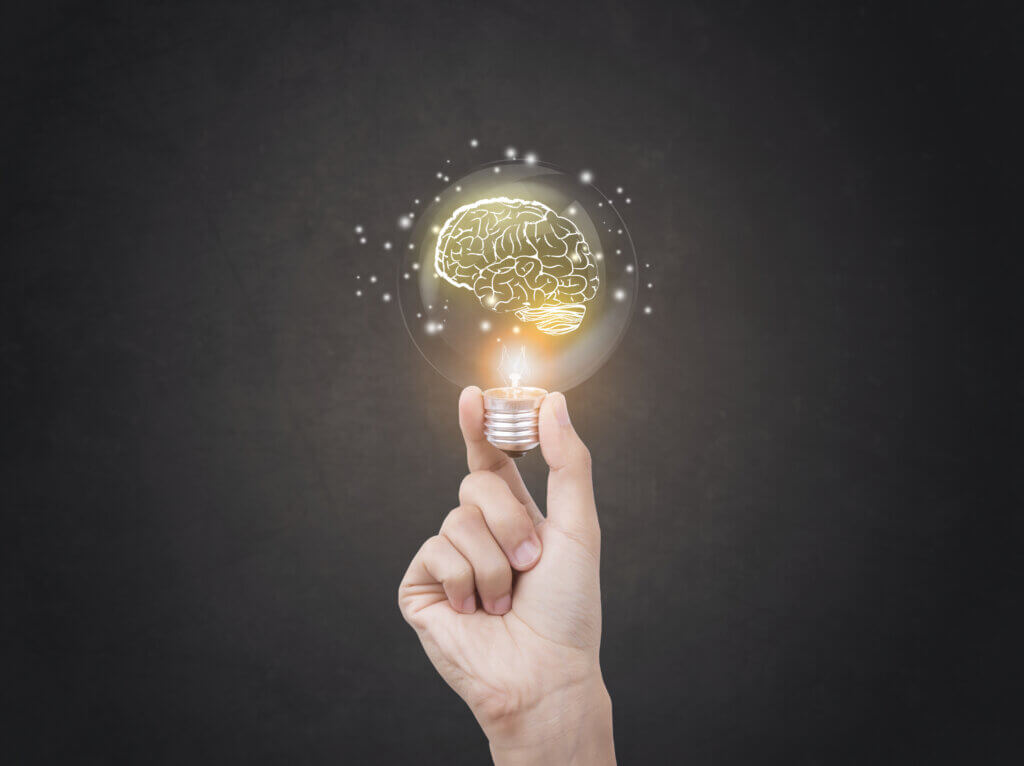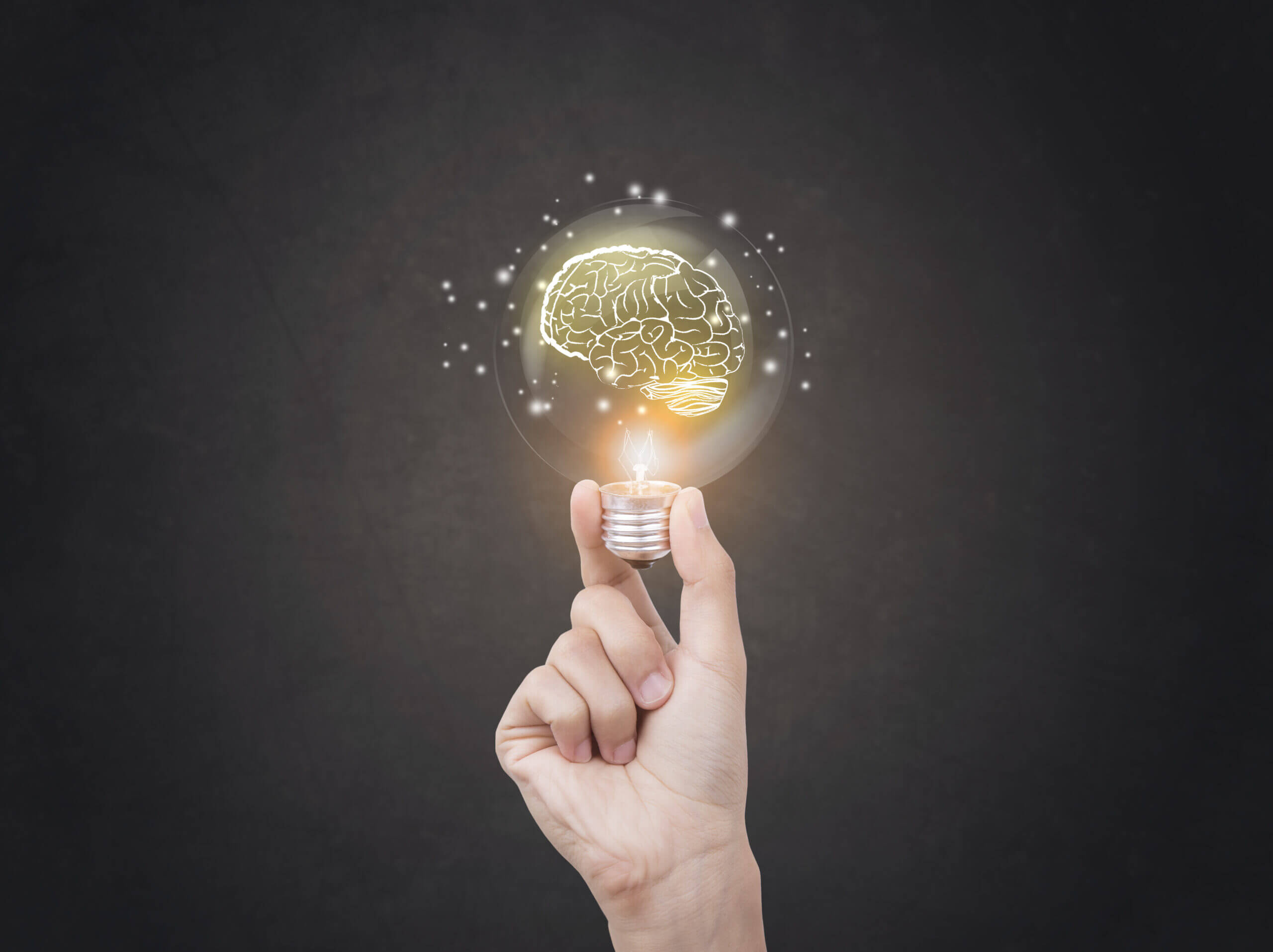Until recently, researchers believed that the brain only develops during childhood and adolescence. The prevailing belief was that once we reach adulthood, the brain becomes fixed and stops developing. However, here’s some good news for you: studies conducted over the past decade have shown that the brain can change, and it does so throughout our lives! The brain can form new connections and grow new nerve cells. It adapts and adjusts to ever-changing circumstances continuously. That’s why it is referred to as the “plastic” brain, and we talk about “brain plasticity.”
Think of our brain as an extensive network of roads. Every time we think, feel, or do something, information travels through millions of roads in the network. The more we travel on a specific road, the wider and faster it becomes. The most organized and well-maintained roads are the ones we use the most: they represent our habits (daily actions, thought patterns, behaviors). Our brain gets accustomed to using these roads because they are easy and convenient.
This is also the reason why it is difficult to change behavior:
When we learn to think or behave differently from our usual patterns, we are essentially paving a new road. The more we use this road, the stronger and wider it becomes. The brain will choose to use it more, and it will become easier and more natural for us. This process of changing the roads, which is essentially rewiring the brain, is brain plasticity: the ability to create new pathways or reactivate ones that haven’t been used in a while.
The good news is that we can all do it. If you’ve ever changed a behavioral pattern, developed new habits, or started thinking about something in a new way, you’ve actually caused a change in your brain’s wiring. For example, when we learn to play the piano, the finger movements strengthen the neural connections between the fingers, allowing better control over them. These brain changes can occur whether we learn to play the piano at age 7, 17, or 67. With the advanced technologies available today, we can even observe these brain changes after just a few hours of learning! That’s precisely the essence of brain plasticity: through goal-directed behavior, we can change the connectivity in the brain and thereby change our behavior.
The ability to consciously change our brain’s wiring gives us a tool for improving the quality of our lives. People who engage in challenging tasks will develop new neural connections over time, leading to improvements in their abilities. Currently, we are in the development stages of a computer game specifically designed for this purpose: the game trains cognitive mechanisms that are essential for memory. The brain training is based on knowledge from neuropsychological research and is developed in collaboration with leading researchers and therapists in the field. Our ability to set challenges for ourselves and persist in them opens the door to a new world – a world where we are not limited by our brains but rather expand its boundaries endlessly with our own capabilities.



